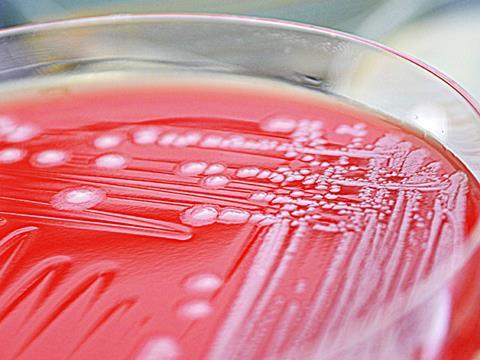
Antibiotic resistance continues to rise in Europe and poses a “serious threat” to human and animal health, scientists have warned.
Foodborne bugs like campylobacter and salmonella are now showing high levels of resistance to the drugs needed to treat them, according to a joint report from the European Food Safety Authority and European Centre for Disease Prevention and Control (ECDC) published last week.
Campylobacter showed high levels of resistance to ciprofloxacin, a second-generation fluoroquinolone antibiotic that is “critically important” for treating the bug, the report found.
High levels of resistance to nalidixic acid and tetracyclines, also used treat human campylobacter infections, were found among EU poultry.
Scientists also found “multi drug resistant” forms of salmonella in humans, poultry and meat, and resistance to “last resort” drug colistin in EU poultry.
“This last-resort drug may soon no longer be effective for treating severe human infections with salmonella,” said ECDC chief scientist Mike Catchpole.
Regional variations
Although levels of antibiotic resistance were high across Europe, the report noted “significant regional differences” supporting the view that antibiotic use in livestock production is contributing to resistance.
“In Northern Europe, there is lower resistance in bacteria from poultry, particularly in countries with low use of antimicrobials in animals,” said Marta Hugas, head of EFSA’s Biological Hazards and Contaminants Unit.
Antibiotic resistance leads to around 25,000 deaths in Europe every year and the European Commission has made the issue a “major priority” on its political agenda.
However, Vytenis Andriukaitis, EU commissioner for health and food safety, said antibiotic resistance was a “global problem that requires a global solution”.
The EFSA/ECDC report follows a plea for international action on antibiotic resistance from the UN Food and Agriculture Organization last week.
Speaking at a conference in Amsterdam, FAO deputy director-general Helena Semedo said while efforts to reduce European antibiotic use in livestock were commendable, the “real challenge” would lie in translating those efforts to poorer countries with fewer resources.







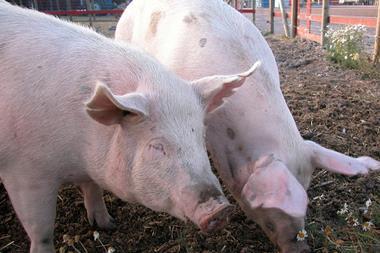

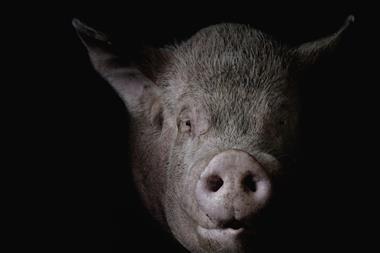
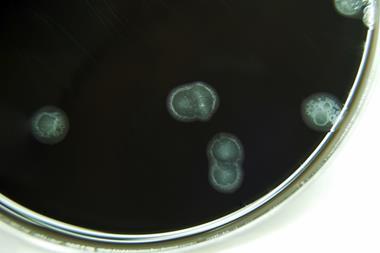
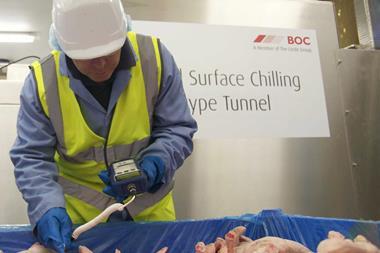







No comments yet